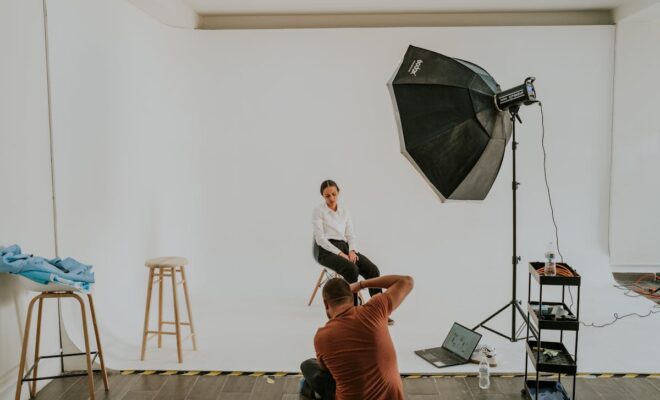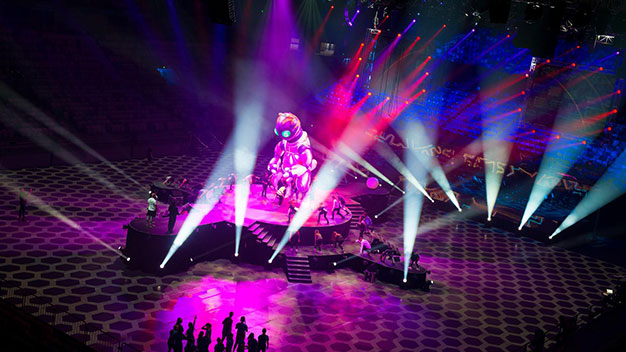Mastering Natural Light: Photography Without Flash

One of the most powerful tools a photographer can use doesn’t come in a box or require batteries—it’s natural light. Unlike artificial lighting or studio setups, natural light is free, ever-changing, and incredibly versatile. Learning how to work with it can elevate your photography, whether you’re capturing portraits, landscapes, or candid street scenes. While flash can be useful in some settings, there’s a unique warmth, softness, and authenticity to natural light that makes it a favorite among many photographers. Mastering it takes practice, patience, and an understanding of how light behaves throughout the day.
Understanding the Types of Natural Light
Before you can master natural light, you need to understand its variations. The light changes constantly depending on the time of day, weather conditions, and location. Morning and late afternoon provide what’s known as “golden hour” light—soft, warm, and flattering. Midday sun, on the other hand, is harsh and creates strong shadows, which can be challenging to work with unless you’re intentionally going for a dramatic effect. Overcast skies act as a giant diffuser, offering soft, even lighting that’s perfect for portraits and product photography.
Direction Matters
The direction of natural light has a big impact on how your subject looks. Front lighting, where the sun is behind you, illuminates your subject evenly but can sometimes result in flat images. Side lighting adds depth and dimension by creating shadows and highlights. Backlighting, with the light source behind your subject, creates a dreamy, ethereal look but can be tricky to expose correctly. Using techniques like spot metering or adjusting your exposure compensation can help you maintain detail in both the subject and the background.
Using Reflectors and Diffusers
While you might not be using artificial flash, that doesn’t mean you can’t shape the light. Reflectors are inexpensive and portable tools that bounce light back onto your subject, helping fill in shadows and add a natural glow. They come in different colors—white for soft fill, silver for bright highlights, and gold for a warm tone. Diffusers, on the other hand, soften harsh light, especially useful during midday shoots. Even something as simple as a sheer curtain, white bedsheet, or a piece of tracing paper can serve as a makeshift diffuser in a pinch.
Choosing the Right Settings
Shooting in natural light requires being comfortable with your camera’s manual settings. ISO, shutter speed, and aperture all play a role in how your image turns out. On bright days, you can keep your ISO low (100–200) to avoid noise. Aperture affects the depth of field—wider apertures (like f/1.8 or f/2.8) create beautiful background blur and are great for low-light situations. Shutter speed controls motion; faster speeds freeze movement, while slower speeds can create motion blur. Mastering these three settings will allow you to adapt to changing light conditions quickly and effectively.
Embracing Shadows
Many beginners fear shadows, but in natural light photography, shadows are your friend. They add contrast, dimension, and drama. Learn to see how shadows fall across a subject’s face or body and use them creatively. In portrait photography, partial shadows can create mood and emotion. In architecture or product photography, strong shadow lines can enhance texture and structure. The key is to embrace them, not avoid them.
Best Times to Shoot
The quality of natural light changes depending on the time of day. The golden hour—shortly after sunrise or before sunset—is often considered the best time to shoot. The light is warm, directional, and soft, creating a magical glow that’s flattering for almost any subject. Blue hour, just before sunrise or after sunset, offers a cooler, moodier tone, great for cityscapes or dramatic portraits. Shooting during midday isn’t off-limits, but it does require more careful positioning and the use of shade, reflectors, or diffusers to manage harsh shadows.
Indoor Natural Light Photography
Natural light isn’t limited to the outdoors. Indoor photography with natural light can be just as impactful if you know where to shoot. Position your subject near windows or doors where light streams in. South-facing windows provide the most consistent light throughout the day. For a softer look, use sheer curtains to diffuse the light. Pay attention to how light falls on furniture, walls, or people—it can create beautiful effects even in simple environments.
Real-World Applications
Mastering natural light opens up countless creative possibilities. Portrait sessions, engagement shoots, lifestyle photography, and even certain types of product photography can all benefit from a flash-free approach. For event photographers, understanding how to move and shoot in different lighting scenarios is key—especially when you’re covering moments in venues where lighting conditions vary. Interestingly, even in controlled environments like photo booth rental new york setup, natural light can be a creative advantage. Some modern photo booths are designed to utilize available ambient lighting, giving guests a more natural and flattering look compared to harsh artificial flash.
Consistency and Style
Working with natural light also helps you develop a signature look. Whether it’s the softness of morning light or the bold contrast of late afternoon shadows, your understanding of light becomes part of your creative identity. Clients will begin to recognize your style, and that consistency builds trust and a stronger brand. Stick with it, learn how to adapt, and allow the natural light to guide your storytelling.
Conclusion
Mastering natural light is a game-changer for any photographer. It teaches you to observe, adapt, and get creative with your environment. From the golden glow of sunrise to the moody tones of an overcast day, natural light offers a palette of moods and textures that no flash can fully replicate. Whether you’re shooting portraits by a window, capturing moments outdoors, or enhancing even a casual photo booth rental experience with beautiful ambient lighting, natural light brings authenticity and depth to your images. With practice, patience, and a willingness to experiment, you’ll learn to harness light in ways that transform your photography from good to truly captivating.






